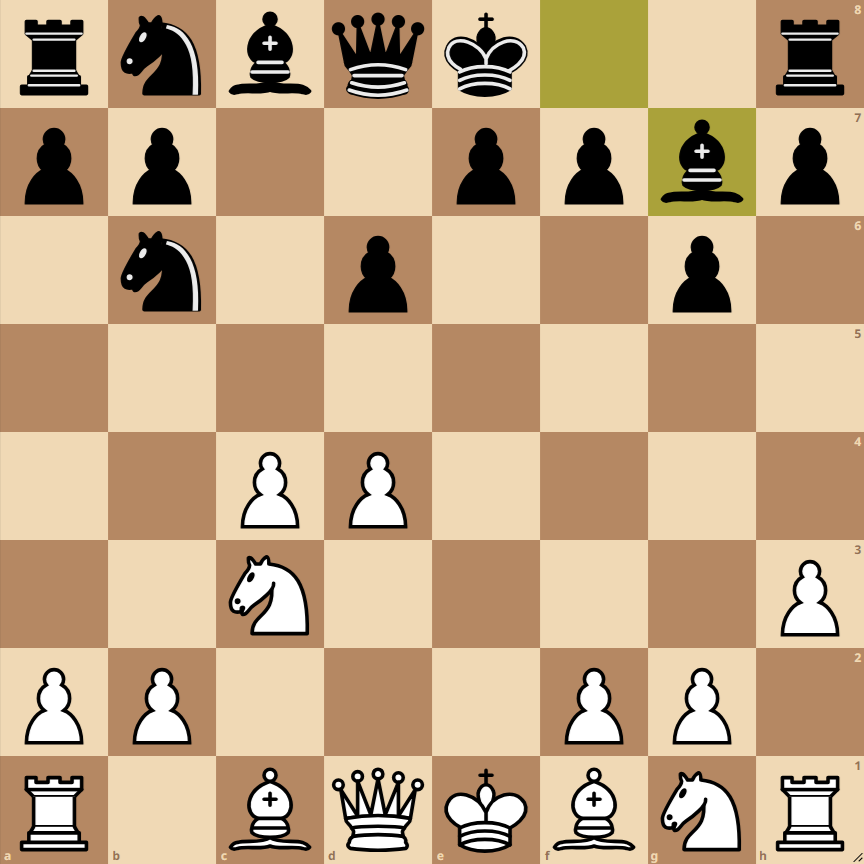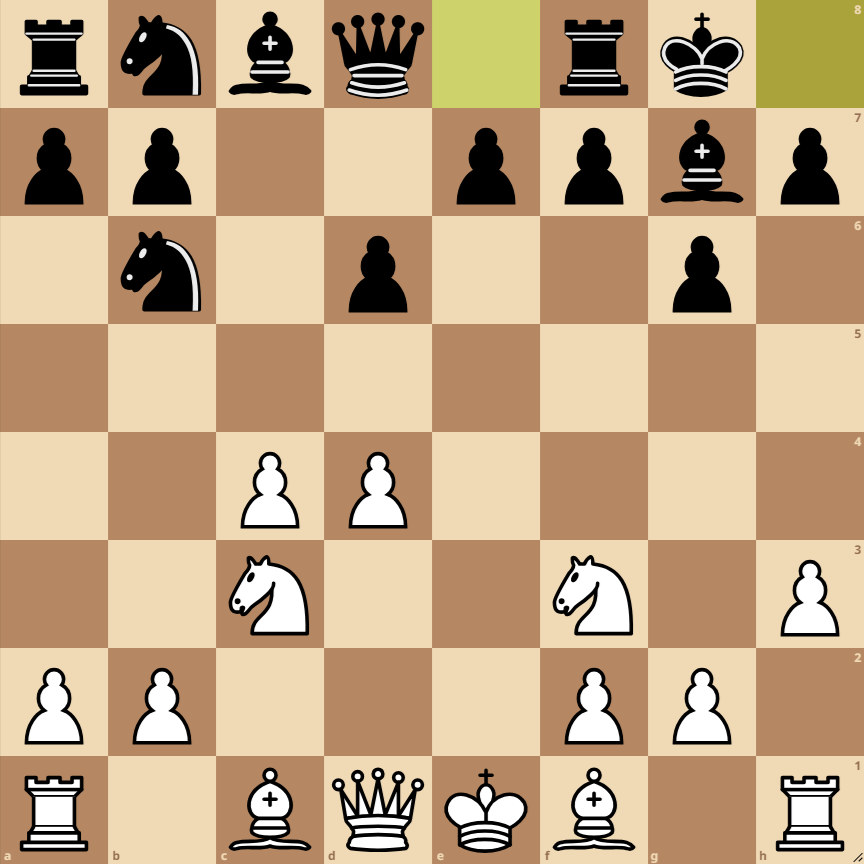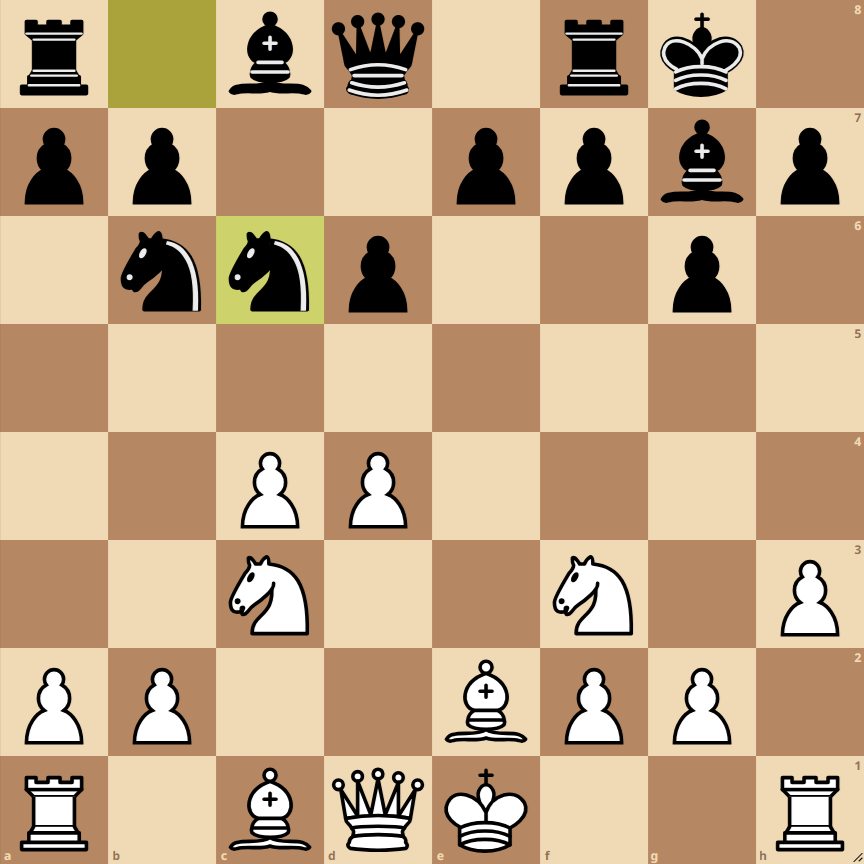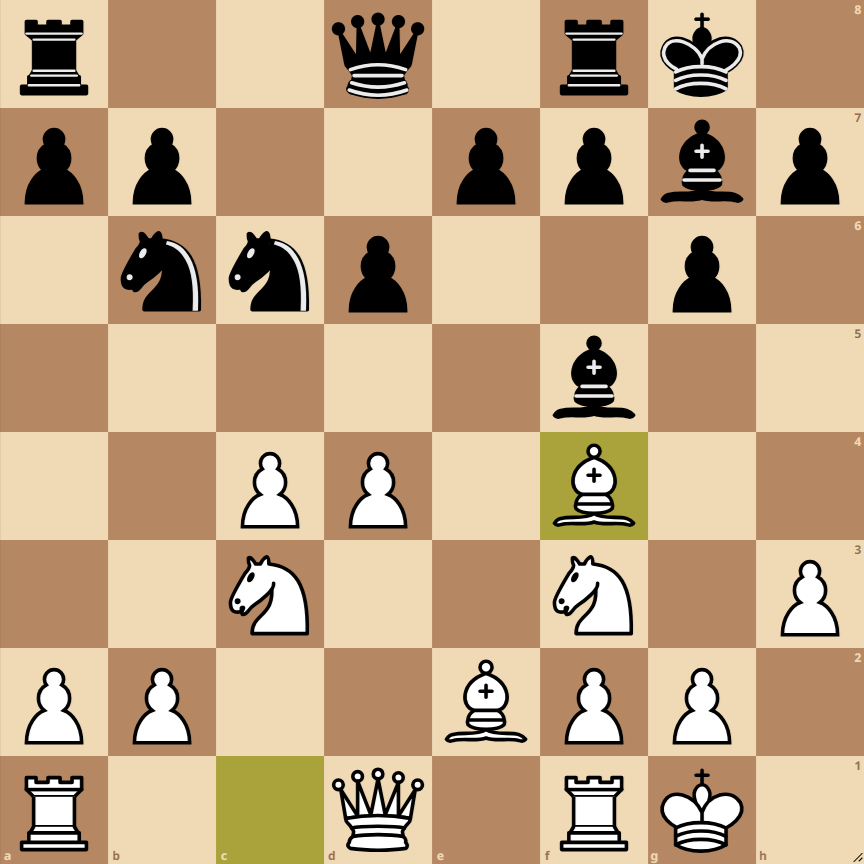How to Play the Alekhine Defense Exchange Variation Karpov Variation
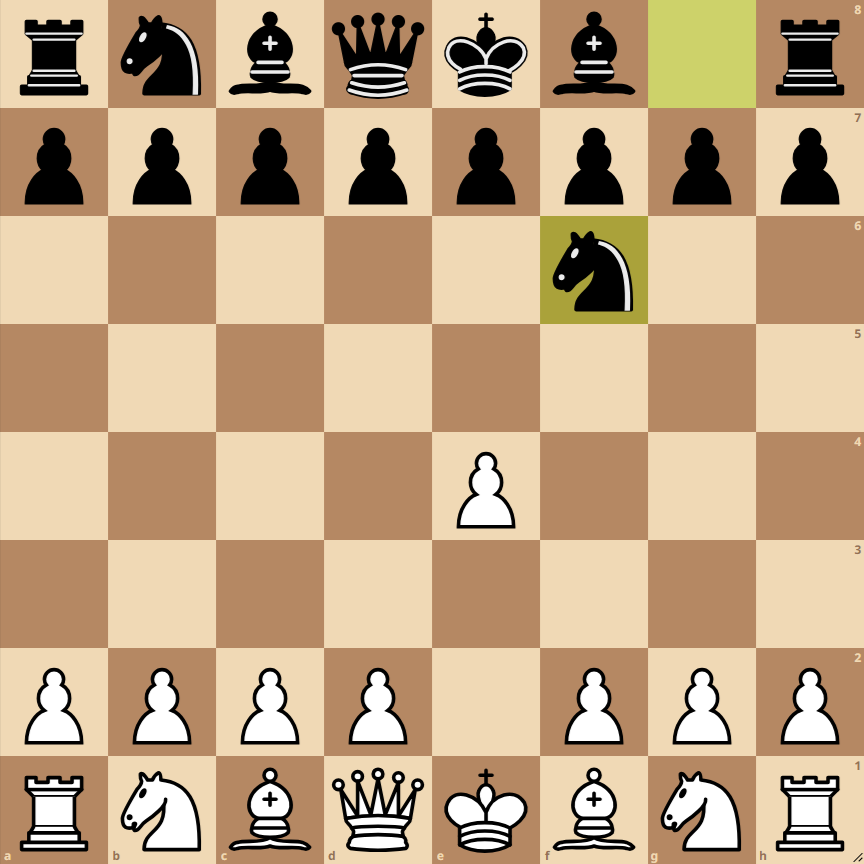
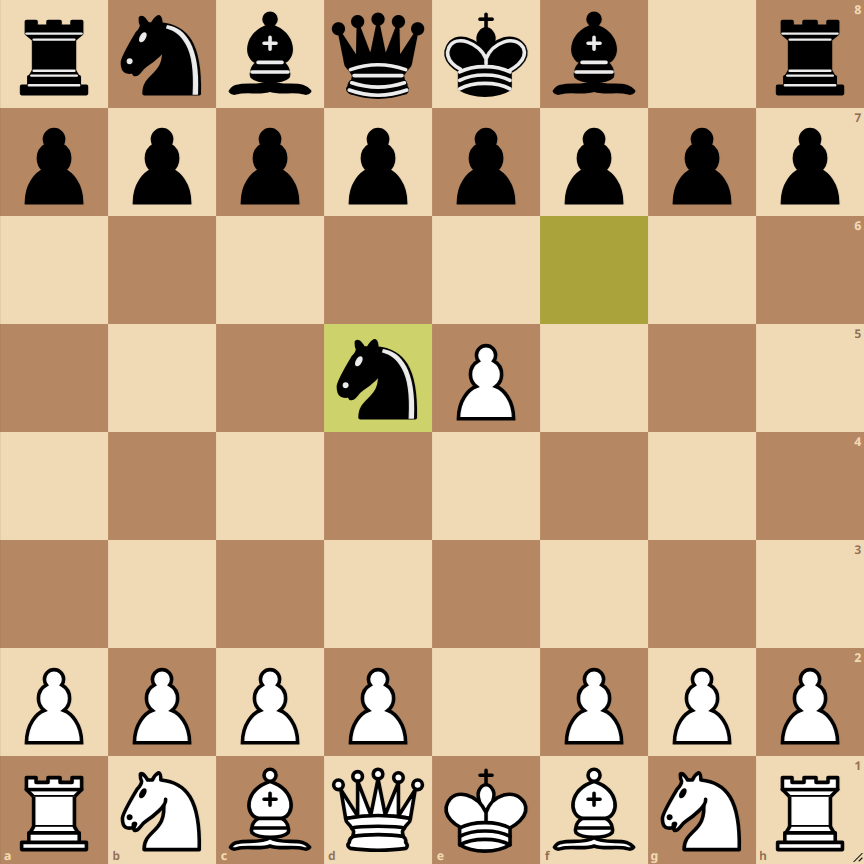
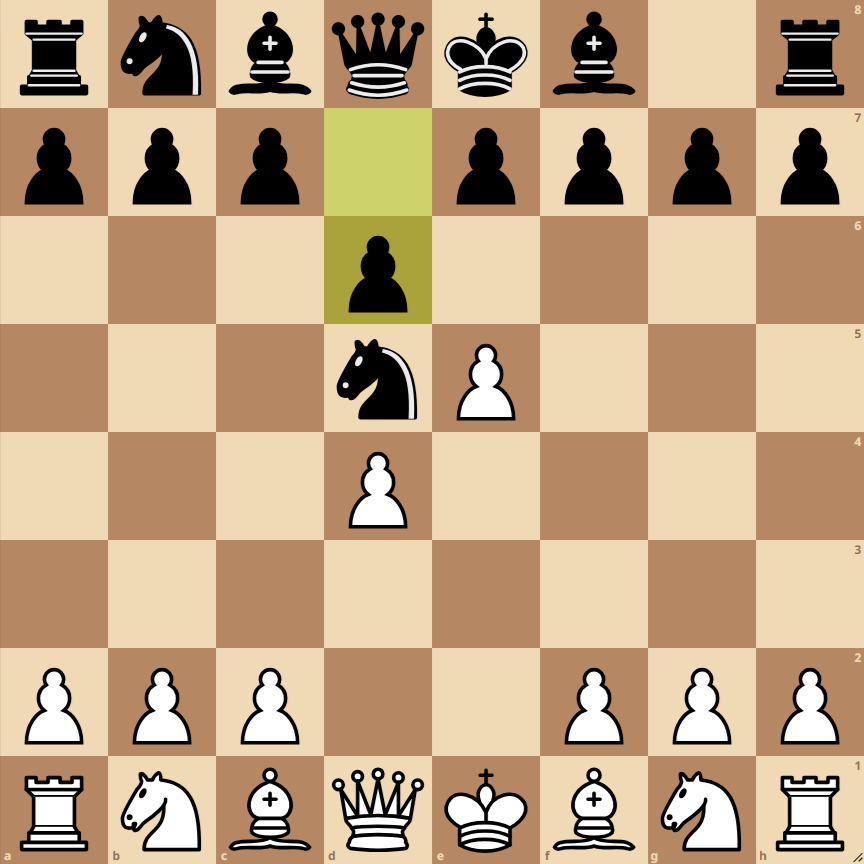
- 1. e4 Nf6: White opens with the king’s pawn, advancing two squares, and black responds with knight to f6, preparing to attack the e4 pawn.
- 2. e5 Nd5: White advances their e5 pawn to gain space and push the black knight, which relocates to d5.
- 3. d4 d6: White plays d4, reinforcing their center, while black responds with d6, threatening the advanced e5 pawn.
- 4. c4 Nb6: White advances the c4 pawn, pressuring the black knight, which retreats to b6.
- 5. exd6 cxd6: White captures on d6 with the e pawn, and black recaptures with their c pawn.
- 6. Nc3 g6: White develops their knight to c3, and black plays g6, preparing for fianchetto of the bishop.
- 7. h3 Bg7: White plays h3, a prophylactic move, while black fianchettos their bishop on g7.
- 8. Nf3 O-O: White’s knight develops to f3, and black castles kingside.
- 9. Be2 Nc6: White develops their bishop to e2, and black positions their other knight on c6.
- 10. O-O Af5: White castles kingside, and black develops their bishop to f5.
- 11. Af4: White develops their bishop to f4, completing their development and preparing for the middlegame.
Variations of the Alekhine Defense Exchange Variation Karpov Variation
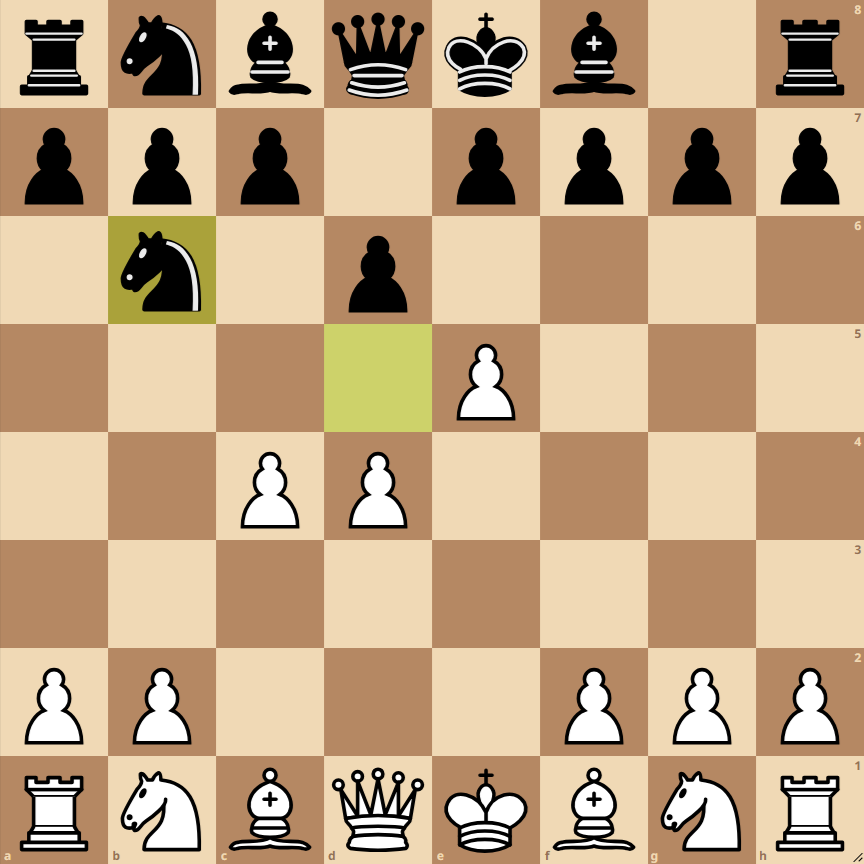
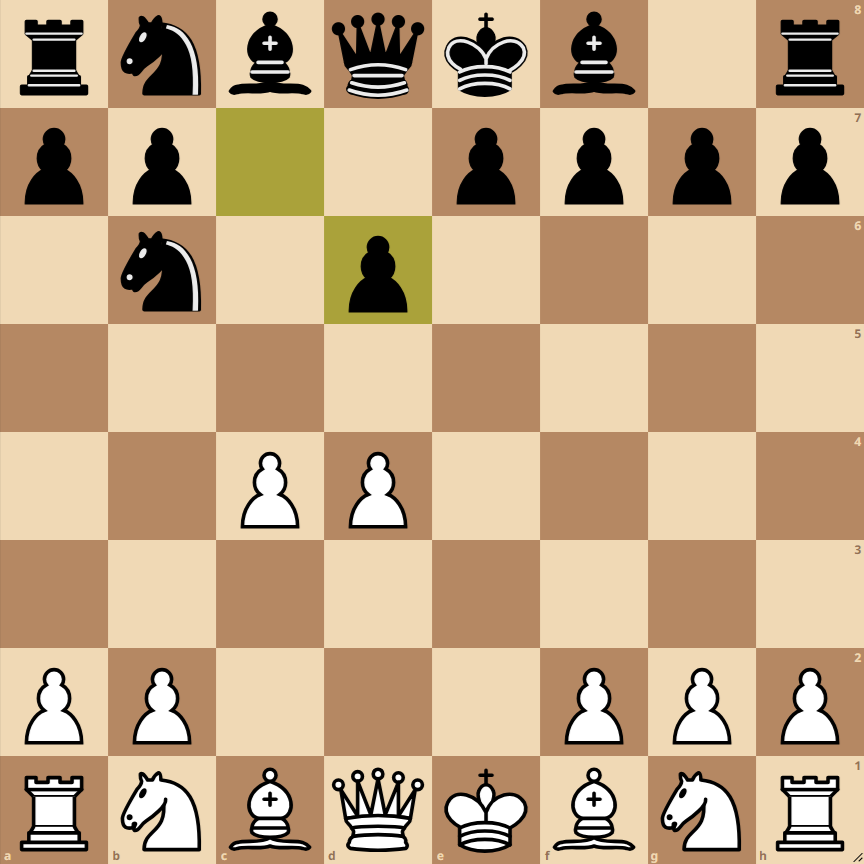

Main Variation
The main sequence follows the moves 1. e4 Nf6 2. e5 Nd5 3. d4 d6 4. c4 Nb6 5. exd6 cxd6 6. Nc3 g6 7. h3 Bg7 8. Nf3 O-O 9. Be2 Nc6 10. O-O Af5 11. Af4, establishing a solid structure for white and active play for black.
Advance Variation
Another option for white is to continue with an early kingside pawn advance, seeking a more aggressive and direct game.
Fianchetto Variation
Another possibility for black is to opt for an early fianchetto of the light-squared bishop, aiming to control diagonals and pressure the center.
Position Analysis: Alekhine Defense – Exchange Variation, Karpov Variation
Played Moves: 1. e4 Nf6 2. e5 Nd5 3. d4 d6 4. c4 Nb6 5. exd6 cxd6 6. Nc3 g6 7. h3 Bg7 8. Nf3 O-O 9. Be2 Nc6 10. O-O Af5 11. Af4
Strategies and Tactics for Both Sides
White:
- Center Control: With pawns on d4 and c4 and the knight on c3, white has solid control of the center, allowing for better piece maneuvering and preparing for advances in the center or on the flanks.
- Harmonious Development: All minor pieces are developed, and the rooks are connected. This enables white to consider offensive plans or react to black’s threats flexibly.
- Attacking Opportunities: The position of white’s pieces allows for considering a kingside pawn advance, especially with moves like g4 followed by h4, to open lines and attack the black kingside.
Black:
- Pressure in the Center: Although black has less space, they can seek counterplay with moves like d5, challenging the white center and opening lines for their pieces.
- Flank Play: Moves like …Rc8 and …a6 followed by …b5 can create play on the queenside, aiming to disrupt white’s solid central structure.
- Strengths in the Position: The bishop on g7 is a powerful piece, controlling long diagonals. The advance …e5 can be considered to open the center and activate more pieces.
Next Best Moves
White:
- d5: Closes the center and limits the activity of the knight on c6. This can prepare a kingside pawn advance or a more positional game.
- e5: A more aggressive advance, aiming to open lines and displace the black knight from f6, preparing a potential kingside attack.
Black:
- Rc8: Places the rook on a semi-open file, preparing to respond to a center advance and support …d5.
- e5: A central counterstrike, challenging the white pawn structure and seeking to activate the pieces.
This position is a good example of the struggle between pawn structure and active piece play. While white enjoys more space and better central control, black has dynamic counterplay opportunities, especially on the queenside and with central breakthroughs. The choice of a plan depends on the players’ styles and long-term strategies.
